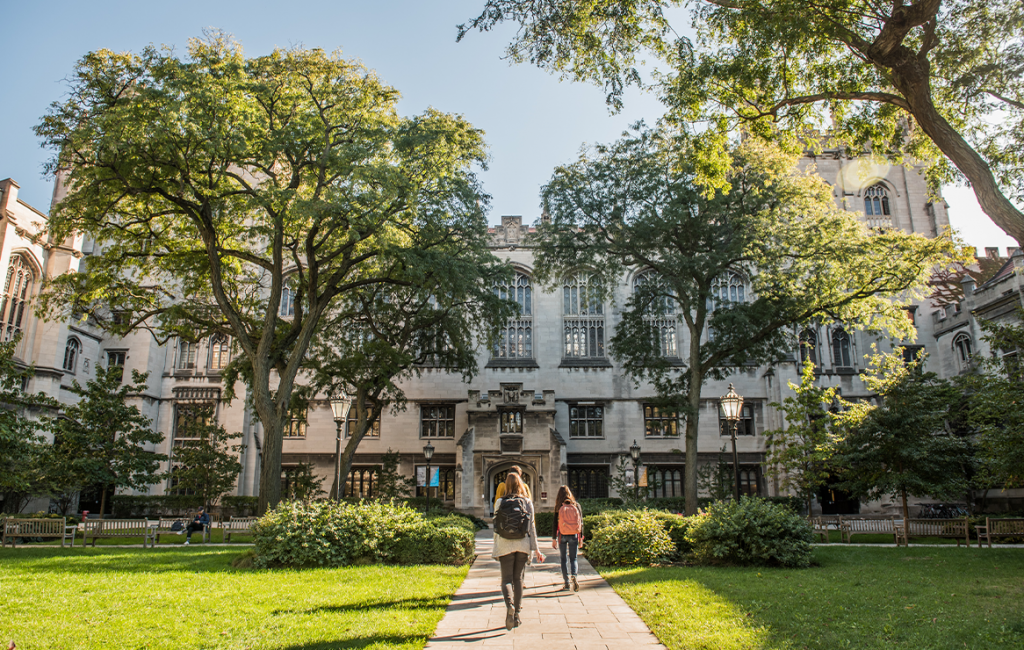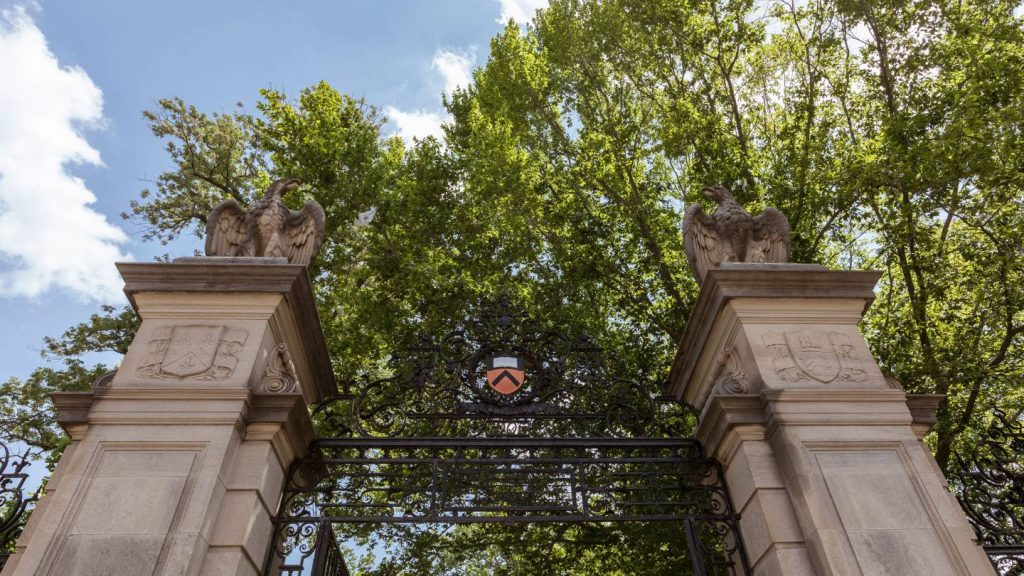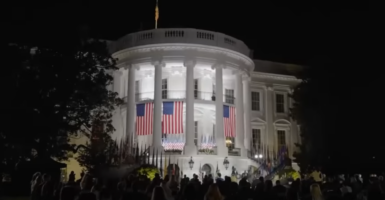Harvard Releases Long-Awaited Slavery Report
An extensive slavery report conducted by Harvard University details how the school should atone for its long-spanning racial ties.

While much of the nation is attempting to move forward and ban divisive concepts from schools that might suggest that students of a certain race should feel guilty for the wrongdoings of their ancestors, plenty of others are doing just the opposite. As a growing norm, Harvard University conducted an extensive slavery report researching the ivy league school’s historic ties to slavery. That report was finally released to the public on April 26th, and the school plans to atone for its past in a hefty monetary way.
Harvard President Lawrence Bacow, the original commissioner for the slavery report, released the findings publically and announced the University’s pledge to spend $100 million to recompense, study, and aid the ancestors connected to those found to be enslaved by the school. In an email obtained by Reuters, Bacow said, “Harvard benefited from and in some ways perpetuated practices that were profoundly immoral. Consequently, I believe we bear a moral responsibility to do what we can to address the persistent corrosive effects of those historical practices on individuals, on Harvard, and on our society.”

Inside the extensive 100-page slavery report, researchers found that the nation’s oldest and wealthiest college enslaved at least 70 Black and Native American people. Harvard’s faculty, staff, and leaders all were tied to this in a time period spanning from 1636 to 1783. Furthermore, the report added that the figure was more than likely underscored, as documents were not meticulously kept.
The slavery report described how the University and its donors long benefited from the slave trade. The enslaved built much of the prestigious school’s buildings, acted as servants to presidents and professors, and fed and cared for students attending the college. Similar to naming the slaves that were kept, the report also named some of the school leaders that owned slaves – many of whom have buildings currently named after them.

But even after 1783, the report depicted racial ties the university long-held into the 19th century. Prominent scholars were listed in the slavery report as promoting racial concepts at the university. For example, the report cites Loius Agassiz, a 19th-century professor who advocated race science and eugenics. Another professor from that time period led a physical education program on a basis of research for eugenic theories.
Other than reporting on the detailed findings, including the names of those enslaved and the culprits, the slavery report added that the University “should make a significant monetary commitment, and it should invest in remedies of equal or greater breadth than other universities.” However, the report failed to address how exactly that monetary atonement should be handled. To do this, Bacow announced he is creating a committee to administer the report’s suggestions.
Some of the $100 million will be made available immediately for the committee’s use, while the rest will sit, for now, in the University’s endowment of more than $50 billion. To use these funds, the slavery report suggested that Harvard should identify the descendants of the enslaved individuals and collaborate with them “through dialogue, programming, information sharing, relationship building and educational support.” Additionally, the report charged the university to expand on its movement to atone for past racial inequality by pledging to expand education options for more descendants of enslaved people.

The Harvard slavery report and its ensuing actions follow a trend seen across many other elite universities in America. Brown, Georgetown, and Princeton have all led similar initiatives to atone for their past ties to slavery. Private colleges like William Peace University are also cutting ties to their enslaved past, as the school quickly and abruptly deconstructed a statue of the school’s namesaked slaveowner. Not everyone agrees with the purpose of these initiatives, but regardless, they will likely continue for years to come.



